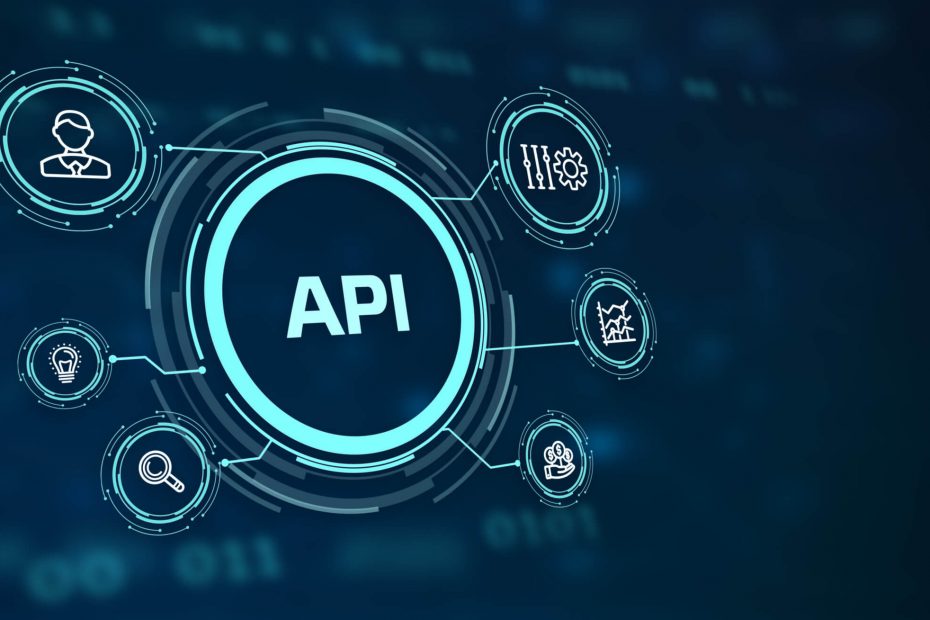For people outside the tech industry, an API is an obscure concept that’s often misunderstood. Businesses that serve users over the internet often package their APIs as products; for example, access to Bloomberg’s server API requires an active account on Bloomberg and runs a company upwards of thousands of dollars. What role does the API play for the companies that make use of it? Let’s explain.
Unlock the future of intelligent applications with our cutting-edge Generative AI integration services!
The Server Client Model
Before we can get into APIs themselves, we’ll first need to brush up on what we know about how requests are processed over the internet. When you load up a website on your phone or desktop browser or open up an app that retrieves information from the internet, you’re basically submitting a request to the website or application’s server. This makes you the client; the client communicates with the server with the aim to service a need of some kind. The need itself could be anything in particular; you could be searching for something on Google or trying to upload a picture to your Instagram account.
To explain what an API, or Application Program Interface, is, let’s look at the Google example first. You search for a term and are returned results relevant to that search term. To generate those results, your search term needs to be communicated to Google’s server, and the server’s response needs to be communicated to your device. All of this communication takes place via an API.
The Instagram example is slightly different. When uploading a picture, you not only need to retrieve information from Instagram’s server, but you also need to update information on the server itself for the picture to make it onto your page. In this case, you will first communicate to the server that you need to upload a picture. Once the server is primed and prepared to accept a picture, you’ll submit that picture to Instagram’s API via your browser or application, and the API will ferry it to the server.
Faster communication.
That’s essentially what an API is. It allows different, disparate applications to communicate with each other. Why is this beneficial? Well, there are several reasons. First off, it reduces overheads. Think of it this way, when you request information in the form of a webpage, you’re looking for a package that contains HTML code, CSS, and Javascript, stuff your browser can understand. That’s a lot of information to send over a network; to make communication faster, an API might instead retrieve data in the form of a JSON file that it loads onto your webpage within an embedded snippet of code representing a container. This will be faster because instead of retrieving a completely processed webpage over the internet, your browser will be retrieving a much smaller amount of data in the form of that JSON file and processing it on your end to present it to you.
A good real-world example of what an API does would be that of a waiter in a restaurant. If people were storming into the kitchen every time they needed more ice in their drinks, the kitchen itself wouldn’t be able to get anything done. The waiter, or the API, acts as an intermediary between the kitchen (the server) and the customer (the client), making sure communication is structured, streamlined, and results-oriented.
Greater security
But speed isn’t everything. The greatest benefit to APIs is that they limit the amount of communication that needs to occur between a client and the server. In doing so, they limit the amount of exposure you have to the server and the server has to you. Instead of communicating directly with the other application, your browser and the server each only communicate with small packets of data via APIs.
From an error handling and load balancing perspective, it’s much easier to build an API that only accepts data in a certain format than it is to configure your server to handle all the different kinds of requests that could possibly come in. In this way, APIs lend structure to the wider network framework; their development is highly regimented and governed by strict principles, and they have their own unique software development life cycle (SDLC).
This also means that they ensure connectivity and backward compatibility for emergent technologies. Think of it this way: any future data stream can be developed independently of considerations for present-day interfaces. Once it’s been fully developed, all you’ll need is an API that can facilitate communication between the existing network and the new data stream.
There are multiple different API protocols (SOAP, REST, and RPC), and different types of APIs built for different kinds of communication (private, public, internal, and composite). The protocols offer different tradeoffs in terms of development; RESTful API development offers greater flexibility to developers and is generally preferred when developing public APIs that are meant to cater to a wide variety of simple queries. SOAP, meanwhile, is useful for internal or enterprise-level communication, where security and standardization are both priorities. RPC is limited in its scope and in terms of the security considerations that it can handle, but it’s useful when the speed of data transactions is a priority and security isn’t, for example, when the employees of a company are querying the company’s own internal database.
Conclusion for what is an API?
To recap, an API is a piece of software that acts as an intermediary between two different programs or applications. It allows for secure, poignant communication between the two programs by lending structure to incoming and outgoing messages. This makes APIs very useful and lucrative tools for organizations that benefit from or rely upon exchanging information and/or network resources. To learn more about what is an API, contact us at Cloud Computing Technologies.
Further blogs within this The Pros and Cons of a Managed Service API category.




